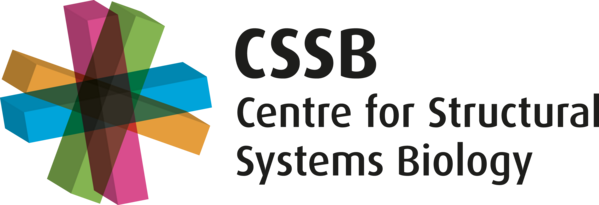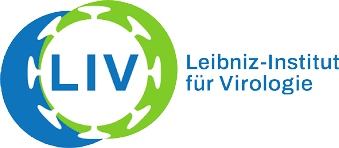Principal Investigators
Prof. Dr. Charlotte Uetrecht & Prof. Dr. Maya Topf
CSSB – Center for Structural Systems Biology
Leibniz Institut of Virology/University Medical Center Hamburg- Eppendorf
& Universität zu Lübeck
A4
PhD candidate
Jennifer Rothe




A4
Project Summary
From deciphering to blocking assembly of human norovirus-like particles
Human noroviruses (hNoV) are the leading cause of non-bacterial foodborn illnesses. Until now no treatment or vaccination is available. hNoVs are very difficult to culture, limiting functional and structural investigations. Therefore, most studies employ virus-like particles (VLPs) consisting of the major capsid protein VP1. VP1 has a shell (S) and a protruding (P) domain. 90 VP1 dimers form the natural T=3 capsid. However, deviations from this architecture have been observed, such as T=1, potentially non-icosahedral and T=4 particles. There is growing evidence that even larger assemblies can form.
Thus, at least in absence of genome, VLPs show plasticity towards size and stability, the extent of which appears to be strain dependent. Here, by integrating structural modelling and native mass spectrometry, we set out to understand what determines assembly size and then use the knowledge to inhibit assembly with specific peptides or RNAs.

We will use structure modelling approaches, combining available cryoEM data and PDB structures, to generate models of the T=1, T=3, and T=4 particles, and investigate which amino acids stabilise each interface and could mediate assembly. Using native mass spectrometry, we will use this information to reveal distinct stability profiles of selected mutations and how these mutations impact virion formation.
